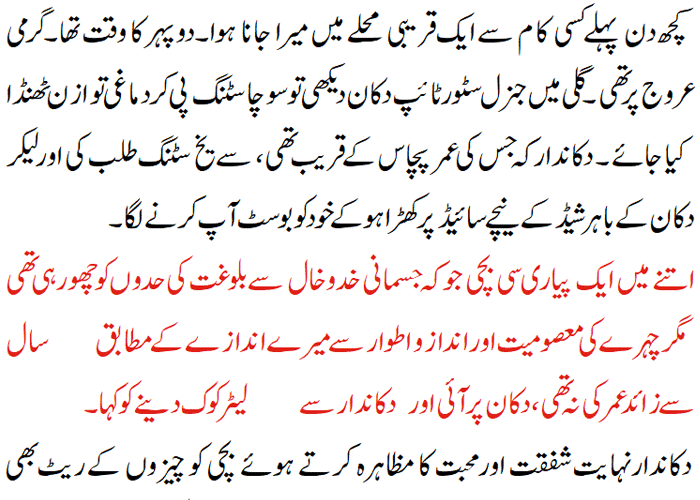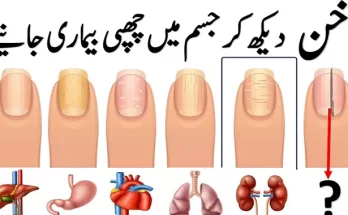
Cancer is a complex and often frightening disease that affects millions of people worldwide. While it can occur at any age, the likelihood of developing cancer increases with age. Understanding the relationship between age and cancer risk is crucial for awareness, early detection, and prevention strategies.
Link Between Age and Cancer
Cancer is a disease characterized by the uncontrolled growth of abnormal cells. It can develop in almost any part of the body and has numerous forms, including breast cancer, lung cancer, prostate cancer, and leukemia. The development of cancer is often a result of genetic mutations, which can be triggered by various factors such as lifestyle, environmental exposures, and sometimes, simply due to the aging process itself.

Why Does Cancer Risk Increase with Age?
As we age, our cells undergo many changes, including the accumulation of genetic mutations. Several factors can cause these mutations:

Exposure to Carcinogens: Over a lifetime, exposure to carcinogens, such as tobacco smoke, UV radiation, and certain chemicals, accumulates. These substances can damage DNA, leading to mutations that can eventually result in cancer.
Weakened Immune System: The immune system becomes less efficient with age, making it harder for the body to identify and destroy cancerous cells. This decline in immune function increases the likelihood that cancerous cells can grow and multiply.

Longer Exposure Time: The longer a person lives, the more time there is for harmful mutations to accumulate. This is why cancer is often considered a disease of aging.

Cancer Risk in Different Age Groups
While cancer can develop at any age, certain types are more common in specific age groups. Let’s take a closer look at how cancer risk varies across the lifespan:

1. Childhood and Adolescence (0-19 Years)
Cancer in children and adolescents is rare, accounting for less than 1% of all new cancer cases. However, when it does occur, it is often due to inherited genetic mutations rather than environmental factors. Common cancers in this age group include:
- Leukemia: This is the most common type of cancer in children, accounting for about 28% of all childhood cancers. It affects the blood and bone marrow.
- Brain and Central Nervous System Tumors: These make up about 26% of childhood cancers.
- Lymphoma: This type of cancer affects the lymphatic system and is more common in adolescents.
Although the overall cancer risk is low in this age group, the impact is profound, as childhood cancers tend to be aggressive. However, with advances in treatment, survival rates have improved significantly.
2. Young Adults (20-39 Years)
Cancer in young adults is also relatively rare, but certain types are more likely to appear during this stage of life. These include:
- Melanoma: This is a type of skin cancer that is increasingly common among young adults, partly due to increased exposure to UV radiation from sunbathing and tanning beds.
- Thyroid Cancer: The incidence of thyroid cancer has been rising, especially among young women.
- Breast Cancer: While more common in older women, breast cancer can also occur in women under 40, though it accounts for only a small percentage of cases.
During this stage of life, lifestyle factors such as smoking, diet, and physical activity begin to play a more significant role in cancer risk. Awareness and early detection are key to improving outcomes.
3. Middle Age (40-64 Years)
The risk of developing cancer starts to increase more sharply in middle age. This age group sees a higher incidence of cancers such as:
- Breast Cancer: The risk increases significantly for women over 40, with most cases diagnosed after age 50.
- Prostate Cancer: Men over 50 are at higher risk, with the likelihood increasing with age.
- Colorectal Cancer: This type of cancer becomes more common in both men and women as they approach their 50s.
In middle age, the cumulative effects of long-term exposure to carcinogens and the aging process become more apparent. Regular screenings and a healthy lifestyle are crucial in this age group to detect cancer early and reduce risk.
4. Older Adults (65+ Years)
The majority of cancer cases occur in older adults. In fact, nearly 60% of cancers are diagnosed in people aged 65 and older. This age group is at higher risk for almost all types of cancer, including:
- Lung Cancer: Often associated with smoking, lung cancer is more common in older adults, particularly those who have smoked for many years.
- Colorectal Cancer: The risk continues to increase with age, making regular screening important.
- Pancreatic Cancer: This type of cancer is more likely to develop in older adults and has a higher mortality rate.
In older adults, cancer can be more challenging to treat due to other health issues and the natural decline in organ function. However, early detection remains critical, and advances in treatment have improved outcomes even for older patients.
Reducing Cancer Risk at Any Age
While age is a significant factor in cancer risk, it’s important to remember that there are steps you can take to reduce your risk at any stage of life:
Avoid Tobacco: Smoking is the leading cause of many types of cancer, including lung, mouth, throat, and bladder cancer.
Protect Your Skin: Limit exposure to UV radiation by wearing sunscreen and protective clothing, and avoid tanning beds.
Maintain a Healthy Diet: A diet rich in fruits, vegetables, and whole grains can help reduce cancer risk.
Exercise Regularly: Physical activity helps maintain a healthy weight and reduces the risk of several types of cancer.
Get Regular Screenings: Regular screenings can help detect cancer early when it is most treatable. Talk to your doctor about which screenings are appropriate for your age and risk factors.
Conclusion
Cancer is a disease that affects people of all ages, but the risk increases significantly as we grow older. By understanding the relationship between age and cancer risk, individuals can take proactive steps to reduce their risk through lifestyle changes, regular screenings, and staying informed about their health. Early detection and prevention are key to managing cancer risk and improving outcomes, no matter your age.




